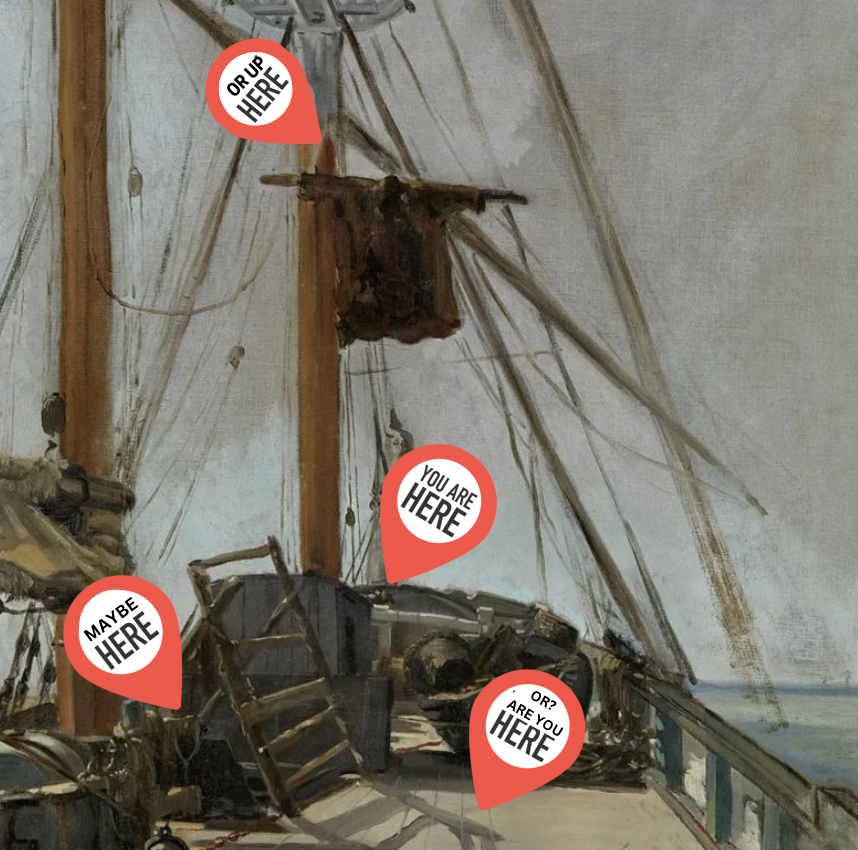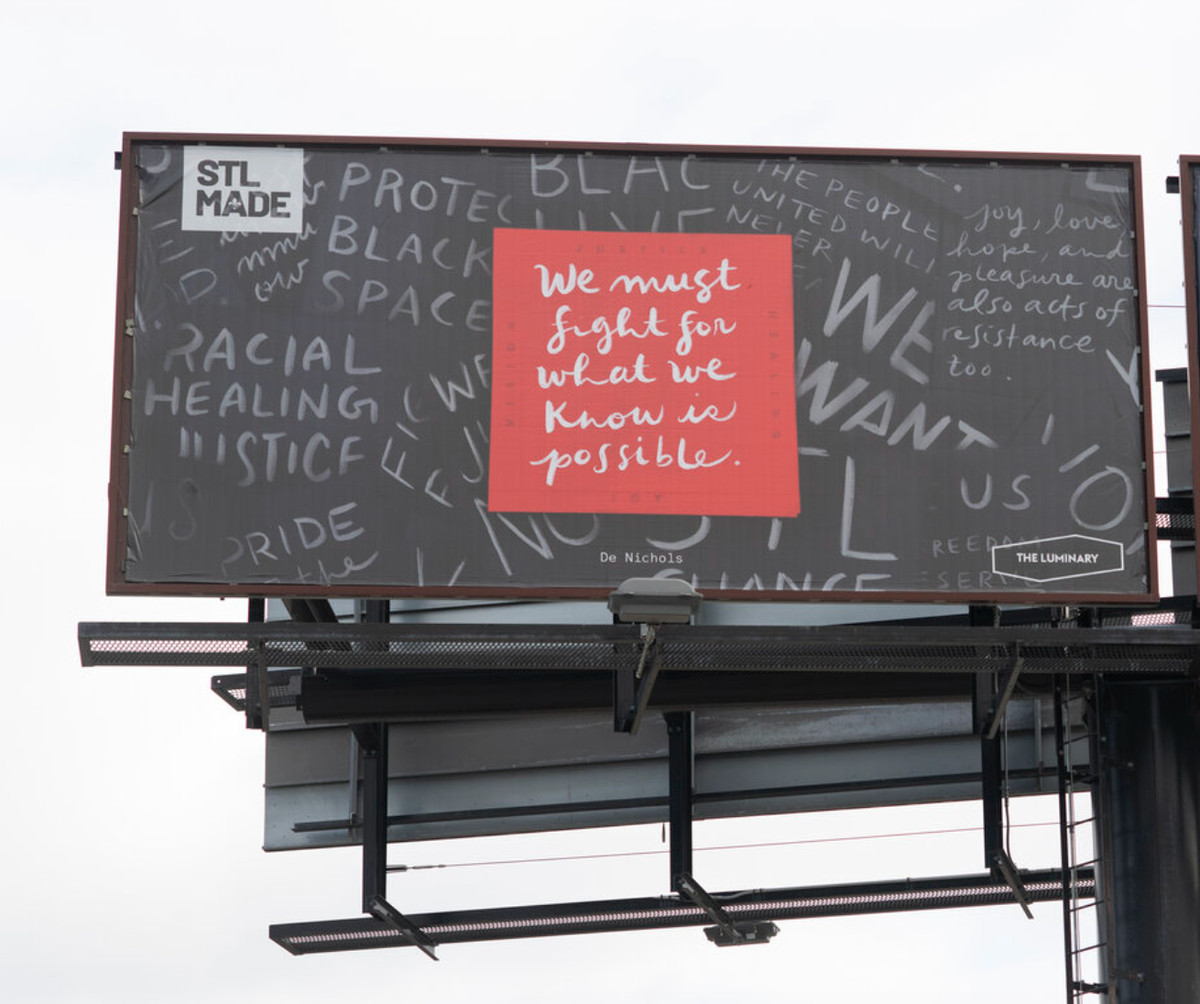On Organizing
time to level up / an early draft of a playbook

This is Life as a Sacred Text 🌱, an everybody-celebrating, justice-centered voyage into ancient stories that can illuminate our own lives. It‘s run on a nonprofit, so it’s 100% NAZI FREE. More about the project here, and to subscribe, go here:
As we all try to get our bearings in this bewildering, terrifying new chapter of U.S. history, there are a few things that seem to be, that are, clear to me from over here, in terms of next-steps thinking and action.
This post is about some of that.
First of all, all of the wisest people that I've been listening to have been saying basically the same thing:
Solidarity is the only way home.
We must build collective power.
We must deepen our relationships of trust and care across lines of difference, across coalitions, across communities. That's the foundation upon which everything else resides.
Lives are, have been, will continue to be even more at stake: We must put aside petty in-group and intergroup squabbles and focus on the white supremacist Christian nationalist authoritarianism that has arrived to our door and is, I'm sorry to say, is very, very real.
So: How?
Here, today, some wisdom both evergreen and more recent to help us meet this moment.
Because we need all hands on deck, and there's a lot of deck.
We need you.
“Organizing is to the community what spiritual practice is to the individual.”
– adrienne maree brown
1) LOOK TO THE EXPERTS
There are folks with deep knowledge of every issue, and every methodology, who have been working in the trenches for a long time.
We must look to them for guidance and follow their lead.
(Same goes for all the things one may suddenly notice will be an emergency or bigger emergency now. There are already sanctuary and support networks doing their best to get people access to abortion care, gender affirming care, working on im/migrant aid, etc. Yes, they're strained now and things will only get harder, but the mandate now is not to reinvent the wheel, but rather to figure out who's already invested the time in building up systems and structures and to support those things usefully. And if there are ways to be constructive, great, but looking to the people already doing the work and honoring their expertise must be the starting point. It's amazing what one can find with a bit of research.)
One of the people who's become a real light for me recently is the political scientist Erica Chenoweth, an expert on nonviolent civil resistance movements.
Their story is great– towards the end of their master's degree, they were at a workshop about nonviolent resistance, and were that student with all the questions and pushback about the efficacy of that method as more than just an occasional anecdotal success. Their soon-to-be co-author, Maria Stephan, said to them something like, "If you're right, why don't you prove it?"
Nobody had ever studied this systematically. (So many of us accidentally go write the book we were looking to read.)
They collected data on all major violent and nonviolent campaigns for the overthrow of a government or territorial liberation since 1900– the whole world, anywhere where there were at least 1,000 known participants. After combing through hundreds of cases, they found that only a quarter of the violent revolutions achieved their aims, while more than half of the nonviolent campaigns did. And they found that those using nonviolent means were much more likely to end in democracy, while violent methods were more likely to saddle you with tyranny.
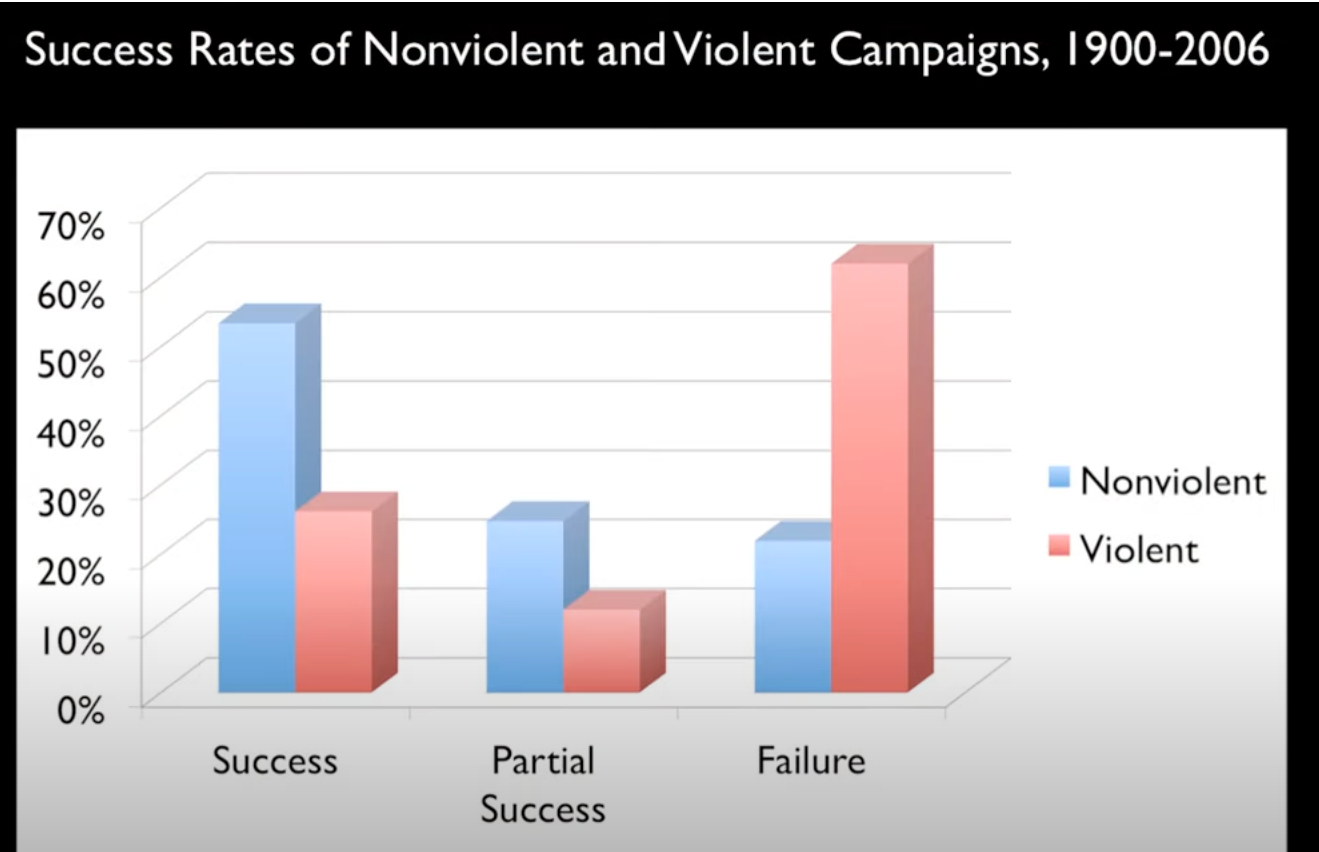
It makes sense, but still. The data is stunning:
2) DO YOUR RESEARCH
(When you do, you learn things like:)
When resistance campaigns used nonviolent tactics– instead of violence– they were 10 times more likely to transition to democracy– even if the campaign failed in the short term. And even when nonviolent campaigns didn't bear immediate fruit, they tended to– eventually, slowly– prompt the moderates in power to make useful reforms.
And this data came out of Chenoweth and Stephan picking only huge resistance campaigns that sought to either secede, expel a foreign occupier, or overthrow a head of state. (So: Civil Rights in the 1960s– with its many wins– didn't count, since it was only calling for reforms within the current system.) AND movements were only labeled successes if they won within a year of their peak activity, and without any other help– so the campaign led by Gandhi and others didn't count because the Brits took too long to leave India.
And even with all of these (strict) limitations: Over half of the nonviolent resistance movements they looked at were a success.
Got that?
More than half the time, a nonviolent resistance movement toppled an unjust regime within a year.
Over half the time, a nonviolent resistance movement toppled an unjust regime within a year.
Sit with that for a sec.
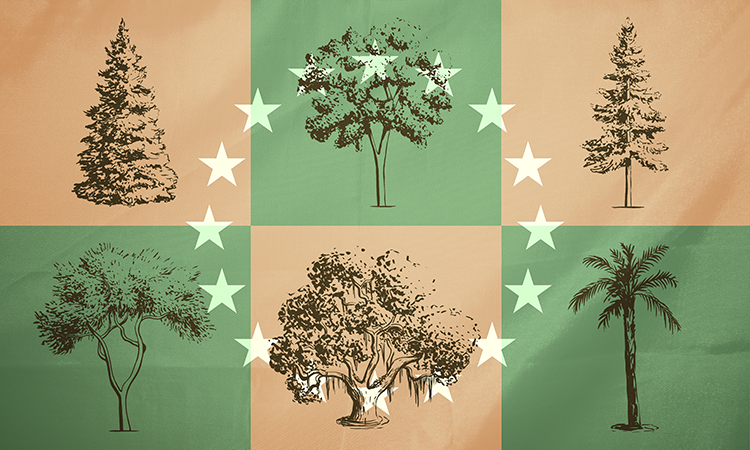
The key ingredients of a successful nonviolent resistance movement, Chenoweth and Stephan found, are:
- A large and diverse population of participants that continue to grow both in size and diversity, and can be sustained over time.
Chenoweth and Stephan even discovered something so important here that it gets a name: the 3.5 Percent Rule.
Everywhere they looked where a nonviolent resistance campaign engaged the “active and sustained participation” of at least 3.5% of that nation's population: they won.
“If I had to pick one characteristic that correlates with a movement’s success, it’s the extent to which everyone in society—children, disabled people, grandmas—feels that they can either actively or passively participate.”
– Dr. Erica Chenoweth

Other key success factors include:
- The ability to create loyalty shifts among key regime-supporting groups such as business elites, state media, and—most important—security elites such as the police and the military.
- A creative and imaginative variation in methods of resistance beyond mass protest. Marches aren't enough. Public actions aren't enough. (Strikes! Boycotts! Civil disobedience! Guerrilla theatre! Ritual protests! Integration with art! Banging pots and pans! Wild, even hilarious, shenanigans! What will mess things up and move things along??)
4. Strategies for unity, and the discipline to keep the whole movement nonviolent, even in the face of direct repression– no falling apart, no opting for violence.
5. And a bonus insight, from Chenoweth's forthcoming book with Dr. Zoe Marks,
"when women participate in mass movements, those movements are both more likely to succeed and more likely to lead to more egalitarian democracy."
According to Chenoweth, people tend to underestimate the importance of #3 and #4, especially the need for creativity and imagination.

Elsewhere, Chenoweth noted a bunch of things that have been missing from recent movements, leading to fewer wins. And... 1, 3, and 4, above, were on that list.
Some movements that relied overly heavily on rallies and protests were less likely to succeed– and became easy targets for a state looking to silence them.
On the other hand, movements that used a diversity of tactics and engaged a wide swath of society were more likely to succeed in unseating a repressive regime.
The political scientist Gene Sharp surveyed centuries and found 198 types of nonviolent action. It's not all sit-ins and street protests, or even vigils and die-ins. There are so many ways to gum up the works– some might involve not cooperating, like striking and boycotting, or even walking really, really slowly at work.
Gains are often made through a combination of tactics, rather than pushing hard in only one direction.
“The real craft is in the planning, the strategizing. Having an entire sequence of tactics in mind—if I do this, then this, how do I ultimately win?” –Nicole Carty
Some of the other factors that are key, but that have been missing in movements as of late include:
- "careful planning, organization, training, and coalition-building prior to mass mobilization" (instead of: protest first, figure out next steps as we go.)
- Organizing in ways that DO NOT RELY SO HEAVILY on the internet!! Because:
3) RELATIONSHIPS!!!
As the great Mariame Kaba and Kelly Hayes write in Let This Radicalize You:
Activists who experience success using online tools sometimes undervalue or neglect the kind of on-the-ground work organizers practiced before social media, and which many still practice today. But online mobilization born out of interest in event pages or the hot political topic of the moment can be fleeting, and organizers who rely on their ability to summon large numbers of people for protests and actions via social media, without developing any fabric of community between participants, often find themselves adrift as high-intensity political moments ebb. The bonded energy of protesters in the streets can help sustain the momentum of a protest, but it does not, in and of itself, create a sustained capacity for organized political action.
It's not for nothing that the core building block of organizing is the one-on-one conversation (think: a coffee date), just getting to know someone– their perspective, what drives them, developing connections and trust as well as figuring out how, authentically, the movement or campaign might address a need or concern the person already has. Relationships matter. Trust matters. This is hard, long-haul stuff, and it requires showing up into the messiness. "Moving at the speed of trust," is a phrase we hear in some circles a lot these days, and it matters, for real.
Elsewhere in the book, Kaba and Hayes write,
"When we believe in each other, we are more likely to take risks and to invest ourselves in possibility, even when our own hopes are not fully formed. In this way, our relationships and the work of relationship building can change our sense of what's possible."
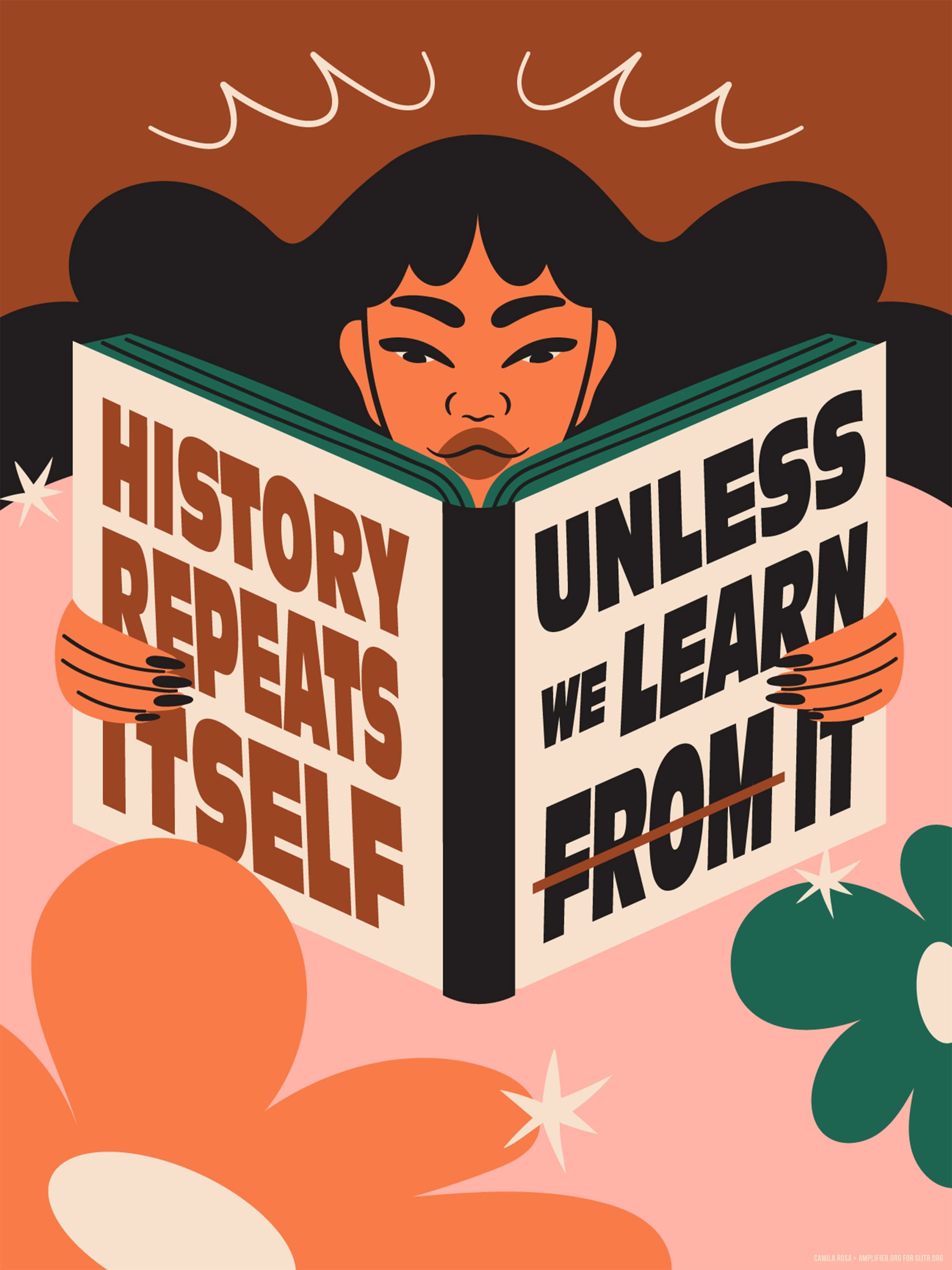
Related to this, it's key to remember, when it comes to any major undertakings:
4) DON'T DO ANYTHING ALONE
For so many reasons. In part because trying to get people on board or moving on things can be hard and it can be discouraging to be a one-person band. In part because it could be that your idea or approach is in need of some, er, refining, and your co-pilot(s) can help you work through the potholes of your plan or help you see an angle you might not have considered– hence sparing you wasted time, effort, and possibly your one shot, depending on what we're talking about. That rugged individualism is what got us here in the first place, in so many ways. (That's a whole other post, I think.) Un-gerrymander yourself as much as possible. Find your collaborators, partners in crime, hevrutot, teams, people with whom to jam, accountability buddies, community.
As my friend Jaclyn Friedman, feminist author and organizer, often says:
“Community is the antidote to fascism.”
And– also–
5) NOTHING ABOUT US WITHOUT US
That's a longstanding slogan from disability rights activists. People impacted by a thing should be at the center of planning and execution re: anything related to them insofar as it's possible. This is also a really, really helpful check on savior tendencies, because it can be so, so tempting for well-intentioned people who are not impacted by X to want to go in on addressing issue X and to just— miss some things that they couldn't have known because X is all theory, no lived experience for them. Even if it's the lived experience of someone they love, yes. Which isn't to say that you can't work on the thing! But back to principle #1: Look to the experts. Find out what they need. Go support them! Be of use.
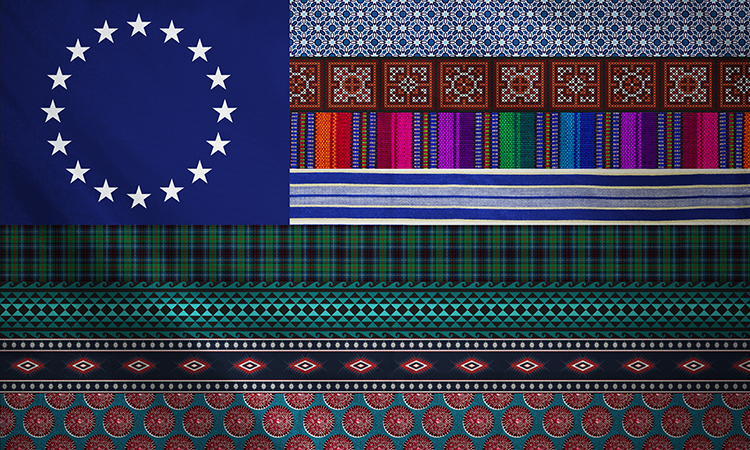
6) EDUCATION MATTERS. MORE URGENTLY THAN EVER.
As I mentioned above: There are experts in everything. This, too. It's time for us all to level up in our strategy, our theory, our approaches.
The data from Dr. Chenoweth and Dr. Stephan is a critical piece of the puzzle. You should read their book. It's linked below.
But there are so many lenses that we need now.
For example! This (below) is one great way to think about how to map power.
Those pillars can be the laws, courts, media, and schools that support unjust systems or policy and the people who advance or maintain them. Other pillars could be individuals who may personally oppose what's happening but nonetheless keep everything running— including administrators, regulatory bodies, educators, and more. Suddenly power isn't so intractable, it's– movable. The fewer people comply with injustice, the more difficult it is for unjust regimes to function.

Here's another way to think about power mapping.
Anyway, the point is that strategy, tools, best practices come from somewhere.
One of the most important things we can do right now is focus HARD on our individual and collective political educations. There's going to be a lot of work ahead and we need better strategy, sharper analysis, more research, best learning from the wisdom of elders, most knowledge of what's been– everything – more than ever before.
Here's a list I've got going of books to start with. I'll keep adding to this, and feel free to suggest your faves, as well.
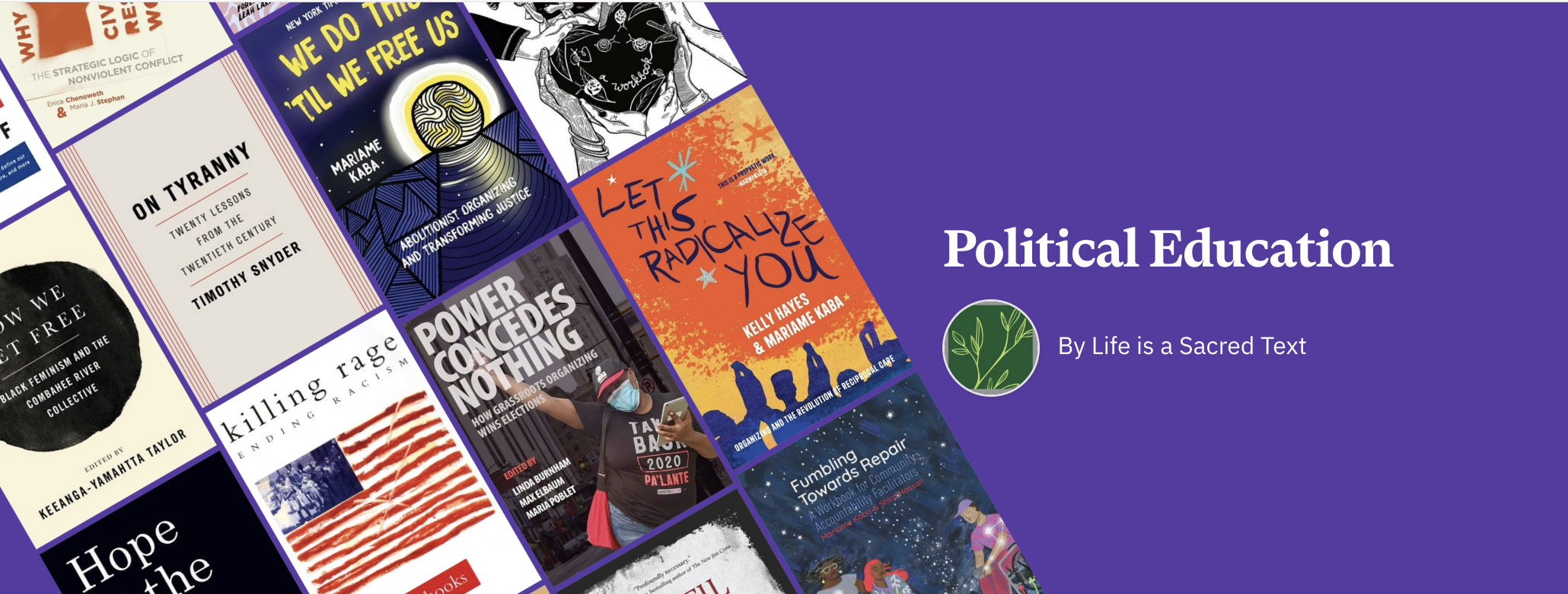
And! Haymarket Books is making a bunch of ebooks free! this week, so get in on that. (No, I'm not endorsing all of them. BUT!) They include Let This Radicalize You:Organizing and the Revolution of Reciprocal Care by Mariame Kaba and Kelly Hayes, Rebecca Solnit's classic for these times (and so many others), Hope In the Dark: Untold Histories, Wild Possibilities, and How We Get Free: Black Feminism and the Combahee River Collective, Edited by Keeanga-Yamahtta Taylor.
Start leveling up now.
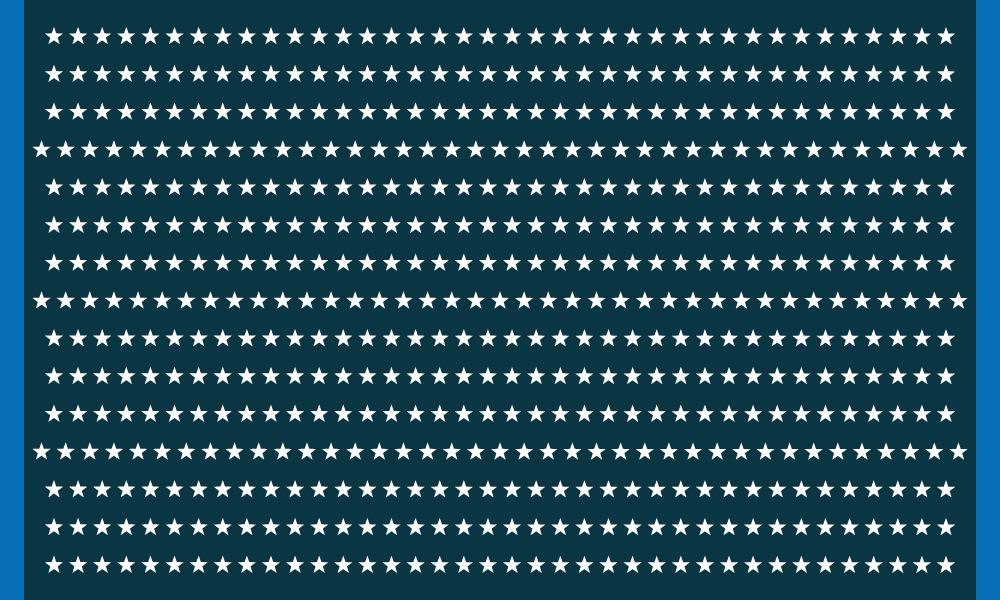
And let's end with this poem, that to my mind is really more of a psalm, from the good Rabbi Ariel Tovlev:

A FEW MORE RESOURCES
If you're one of the podcastally inclined:
A great lil' free course that's an intro to, well, movement strategy 101.
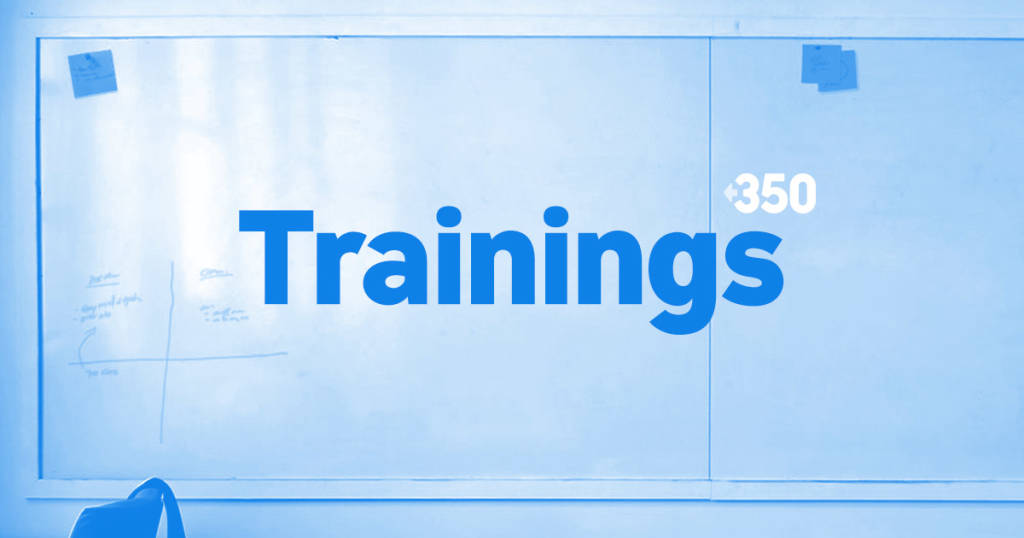
🌱
A note on the subscription model:
I want my work to be as accessible to as many people as possible, in as many ways as possible. That's why the Monday essays are free, and why we donate subscriptions to anyone for whom paying is a barrier to the House of Study posts.
I also believe people should be paid fairly for their work. Needless to say, these two values sometimes seem to be in conflict, but I do what I can to find a fair balance. I offer many resources for free, and charge for others. When you donate generously or pay at the top of our scale, that helps support the work I do, provides access for those who have fewer resources, pays for the infrastructure and the technical and practical support that it takes to do this, and helps us keep the work sustainable. ❤️ 🌱
Here are some of the other pieces in this series:

